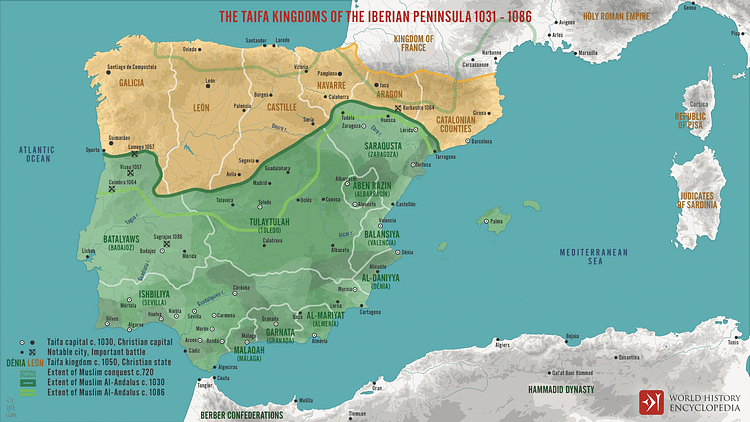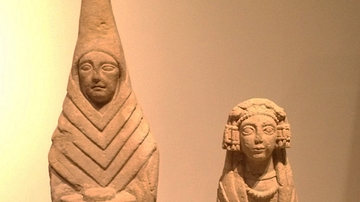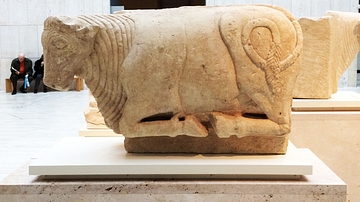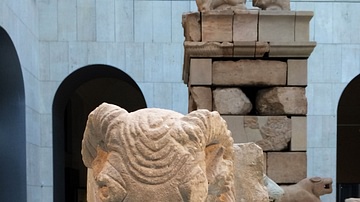Illustration
A map illustrating the fragmented political situation in Al-Andalus (the Muslim-ruled area of the Iberian Peninsula) after the collapse of the Umayyad Caliphate of Cordoba in 1031. Known as taifas (from Arabic "party" or "faction"), numerous mini-states (as many as 50 according to some scholars) emerged, existing in constant turmoil and competition as, gradually, only about half a dozen remained grouped around the larger cities: Zaragoza, Valencia, Toledo, Badajoz, Seville, and Granada. Then in 1085, seizing the opportunity, Alfonso VI (king of León and Castile) took over the taifa of Toledo, and the rest turned for protection to the newly established, fundamentalist dynasty of the Almoravids in the Maghreb.
Cite This Work
APA Style
Netchev, S. (2022, May 13). The Taifa Kingdoms of the Iberian Peninsula, 1031-1086. World History Encyclopedia. Retrieved from https://www.worldhistory.org/image/15872/the-taifa-kingdoms-of-the-iberian-peninsula-1031-1/
Chicago Style
Netchev, Simeon. "The Taifa Kingdoms of the Iberian Peninsula, 1031-1086." World History Encyclopedia. Last modified May 13, 2022. https://www.worldhistory.org/image/15872/the-taifa-kingdoms-of-the-iberian-peninsula-1031-1/.
MLA Style
Netchev, Simeon. "The Taifa Kingdoms of the Iberian Peninsula, 1031-1086." World History Encyclopedia. World History Encyclopedia, 13 May 2022. Web. 22 Apr 2024.







